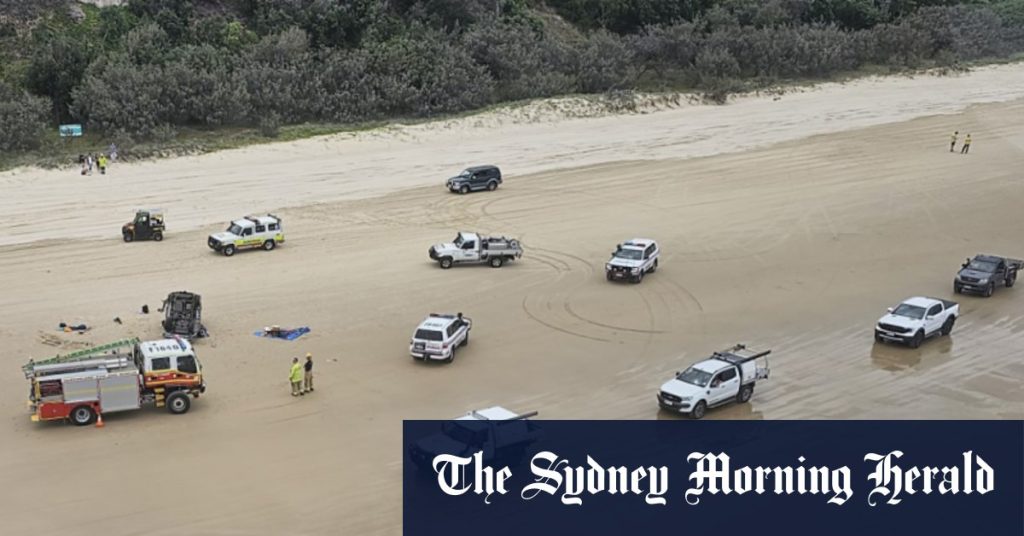Consultants engaged by the Queensland government have recommended sweeping changes to reduce the impact of visitors, specifically four-wheel-drive vehicles, in popular national parks and recreation areas. The reports, released after 18 months of assessment, examined K’Gari (Fraser Island), Cooloola Recreation Area, and Bribie Island National Park and Recreation Area. Concerns were raised about high visitor numbers and vehicles during peak times, affecting the visitor experience and potentially damaging the environment. Suggestions included implementing capacity limits, enforcing or reducing speed limits, and addressing behavior issues, particularly among younger visitors.
The government’s response to the recommendations included a commitment to consult on future changes to address the sustainability of these areas. One report highlighted the concerns of local residents, Noosa Council, and conservation stakeholders about behavior problems at Cooloola Recreation Area’s Double Island Point, Teewah Beach, and Rainbow Beach. Issues with P-plate drivers were noted, leading to discussions about targeting this age group with regulations, such as applying double demerit points to driving offenses on the beach. The need for more toilets and infrastructure, higher fees, better regulation of visits, and increased vehicle exclusion zones were also raised in the reports.
The consultants recognized the need for a balanced approach and a multifaceted response to address the complex issues facing these popular national parks and recreation areas. The reports emphasized the importance of finding a balance between visitor enjoyment and environmental protection. The government’s delay in responding to the reports was attributed to the increased popularity of parks during the pandemic, as well as ongoing population growth in Queensland and the rising demand for four-wheel-drive access.
Proposed solutions included capacity limits, speed limit enforcement or reduction, targeting behavior issues among younger visitors, and improving infrastructure and regulation. The reports called for a comprehensive approach to address the sustainability of these areas and ensure a positive experience for visitors while protecting the environment. The government’s commitment to consult on future changes indicates a willingness to address the recommendations and work towards enhancing the long-term sustainability of these national parks and recreation areas.
Overall, the reports highlighted the need for proactive measures to manage visitor numbers and vehicle access, address behavior issues, and improve infrastructure to promote sustainability in popular national parks and recreation areas in Queensland. By considering the recommendations and engaging in consultations with stakeholders, the government aims to create a more balanced and environmentally friendly approach to managing these areas for future generations.













